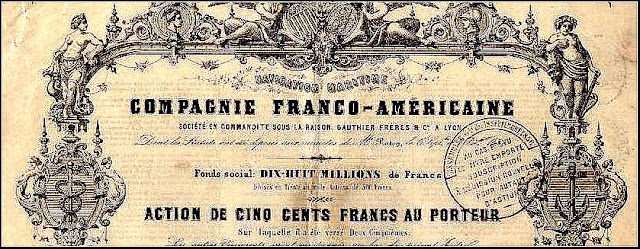The first mention of them is by Moens in May 1864 and stating they were printed in Paris.
He also mentions the possibility that the designer came from Milan.
No certainty of the first issue's designer but Luigi Ronchi made one of the 2nd type.
A portrait of King George shown right was the model for the first issue.
The Vlastov Greece catalog lists them as unissued stamps while others note the are nothing more than fantasy issues.
Original Type A
Traces of the top bar of the T in AETIT can be seen on the left of the upright
There are vertical extensions to the top and bottom horizontal strokes of the E in EAA. The middle stroke is just above the centre
There is a small vertical extension at the end of the top bar of the T in TPAMM.
The background of the portrait is made up of curly lines.
Forgeries of Type A
There is no vertical extension at the end of the top bar of the T in TPAMM
These is no dot after TPAMM
The 0's in 20 are too large
The back ground id made up of straight diagonal lines
The background line are in the opposite direction.
The 2 has a shorter curl
These is a dot after TPAMM
The background line re straight
The E does not have vertical extensions
The top bar of the T in AETIT cannot be seen on the left of the upright
This stamp had the most forgeries as seen by the Fournier samples below
The is another forgery
The main feature is a large vertical extension at the end of the top bar of the T in TPAMM.
The colors are paler
The King George essays in 3 types
The three values, 5, 20 and 40 lepta, of these essays all use the same portrait of King George, enclosed in different frames. The three values were printed side by side in a variety of colours on a variety of papers.
This is the only forgery I have seen
A very crude effort easily recognized
There is no dot after TPAMM
The 5 is a different shape





















































.jpg)











.%201864.%20BARCELONA%20to%20NEW%20YORK.%202%20reales%20blue%20FALSE%20POSTCARDS%202%20pairs%20with%203%20stamps%20of%20type%20I%20and%20a%20stamp%20of%20type%20II.%20%20(Graus%2084%20I%20-%20II).jpg)
